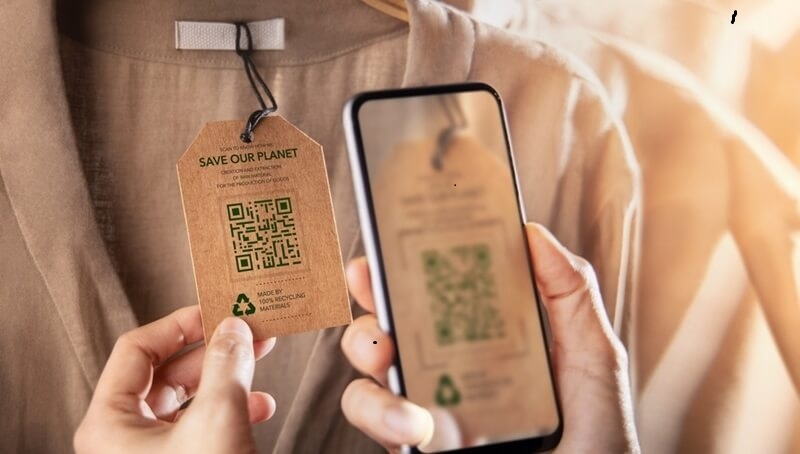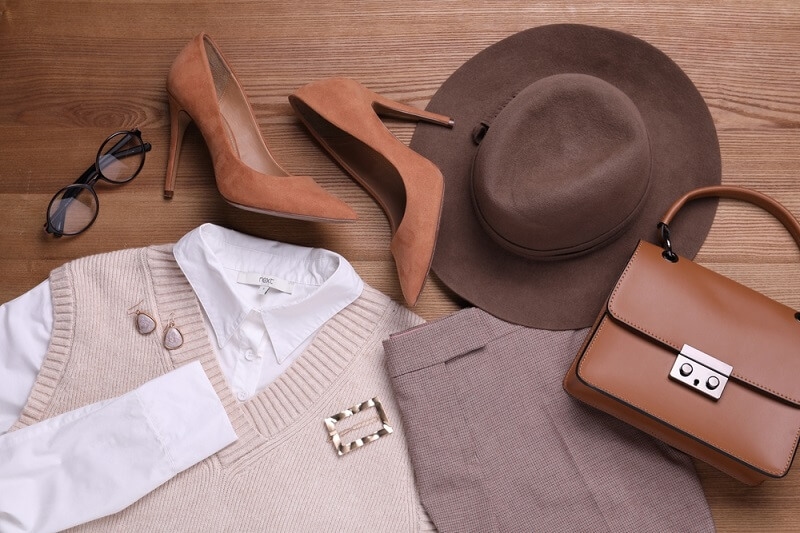
Eco-Friendly Clothing: A Sustainable Fashion Guide

Ever wonder what happens to that cheap t-shirt after you wear it a few times? The truth is, it’s probably just a small part of a much bigger, much dirtier story. The fashion industry is a massive beast, and it's one of the worst polluters on the planet. It’s a machine that pushes out new clothes at a crazy pace, creating a mountain of waste and causing a ton of damage.
We’ve all been sucked into the world of fast fashion, where a new top costs less than a coffee and you can get a whole new wardrobe every season. But that comes at a cost, both to the planet and to the people who make our clothes. The good news? There’s a better way. A new movement is shaking things up, and it’s called sustainable fashion. It’s not just a trend; it’s a commitment to a clothing industry that’s better for everyone.
The Price We Pay for Our Clothes
Imagine the impact the fashion industry can have. Just take an ordinary Cotton T-shirt into account. Over 2,700 liters of water can be required to grow cotton for just one shirt. That much water would keep one person hydrated for well over two and a half years! Imagine also that dyeing clothes lets out toxic chemicals into our rivers. When we wash our clothes of synthetic nature, they release minute particles of plastic known as microplastics, which are now in the ocean and in our food chain. That is why we should conserve eco-friendly apparel.
There is a human price for environmental degradation, too. The only reason fast fashion is so cheap is that workers in some areas of the world are paid almost nothing and subjected to unsafe working conditions. They have no rights, and they face exposure to harmful chemicals year after year. This is a real issue, and one we cannot ignore. The demand for cheap clothes is a strong argument for the importance of ethical brands: those brands show that it can be done without exploiting anyone.
What Sustainable Fashion Is All About

So what is sustainable fashion, really? Well, it's a different mode of thinking about clothes. It means we care about our considerations on how our garments are made, who makes them, and when we finish with them. Thus, it is not a single entity but actually a set of ideas that need to come together to work.
First is green fashion: It's all for the earth. Materials that are less harmful to the earth are used in production; less water and energy are consumed in production. In fact, the very concept of design imparts that clothes are made to keep. It is not a cloth meant to be thrown away after the first couple of uses. This whole idea of making environmentally friendly clothes stems from a counter to fast fashion, which is considered wasteful.
Then we have the ethical ones: the companies that are considered the most ethical because they do right by their workers. They pay the workers fairly, give them safe working conditions, and treat them with respect. When you buy from these companies, you are supporting industries that respect human beings.
Finally, there’s slow fashion. This is the complete opposite of what we're used to. It's about buying fewer things but making sure they're good quality. Instead of getting a new outfit every week, you build a timeless wardrobe that you can wear for years. This way of thinking helps us move away from being constant consumers.
The Power of Organic Fabrics and New Materials
A big part of what makes sustainable fashion work is the fabric itself. Most of the cotton grown today uses a ton of pesticides and insecticides, which are bad for the earth and the people who work with them. But there’s a better way: organic fabrics. Organic cotton is grown without those harmful chemicals. It’s just a cleaner, healthier choice.
But the world of green fashion is also full of new and amazing materials.
- Recycled Polyester: This is made from recycled plastic bottles, turning trash into treasure and keeping plastic out of our landfills and oceans.
- Hemp: This plant grows fast and doesn't need much water or any pesticides. The fabric is sturdy but softer with use.
- Tencel (Lyocell): A fiber made from sustainable wood pulp through a process that recycles water and chemicals used.
These materials prove that eco-friendly clothing can be just as comfortable and stylish as anything else out there.
How to Get Started with Slow Fashion
- So, now what? It's never about changing your whole life at once. It's about choosing a few small things. Being slow with fashion is a marathon, not a sprint.
- Here are some ways to begin your course:
- Buy Less, Choose Better: Shall I really need it, and would I really wear it for a long time? It is better to spend on a few really good things than to buy a lot of stuff that breaks up soon.
- Shop Secondhand: Thrifting is one of the best sorts of sustainability-out there. You can get great, really cool stuff, and really be an active participant in ensuring clothes don't end up rotting in a landfill.
- Support Ethical Brands: Try to find brands that are truly transparent about where and how their articles are made. By virtue of your support, you are putting emphasis on what really matters to you.
- Repair Your Clothes: Do you have to fix a hole in your jeans? Save time to fix clothes; it's very cheap to do so anyway and very good for extending the life of clothes.
Conclusion: The Future Is Green Fashion
Given the shift to sustainable fashion, it is no refusing to join the flow; it is an acknowledgment that we care more about the impact of our every-day choices. People are demanding that brands do better, and companies are starting to listen. The growth of green fashion proves that we, as consumers, have a lot of power.
This movement is pushing the industry to rethink everything—from how clothes are made to what happens to them when we’re done. The goal is to create a "circular" system where clothes can be rented, repaired, and recycled over and over, so there’s no waste. The sustainable fashion revolution is real, and every time you choose a garment made from organic fabrics or support an ethical brand, you're helping it grow. So, what story will your clothes tell? The choice is yours.




